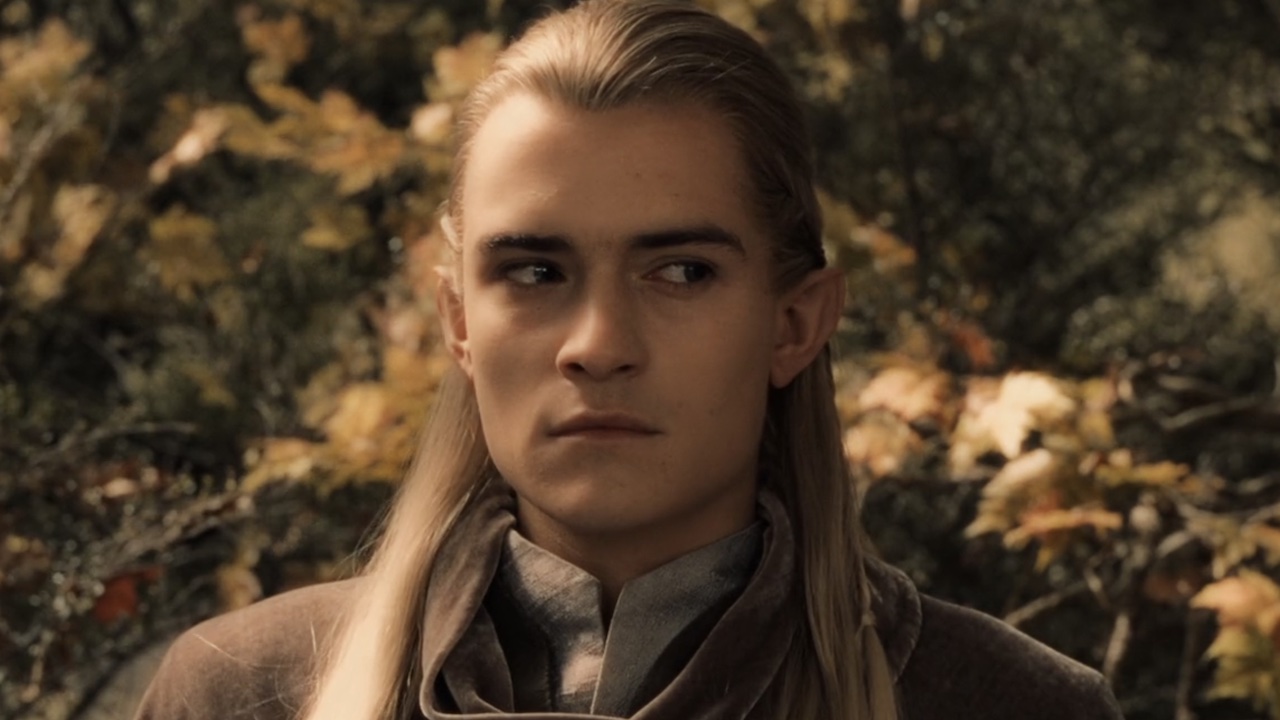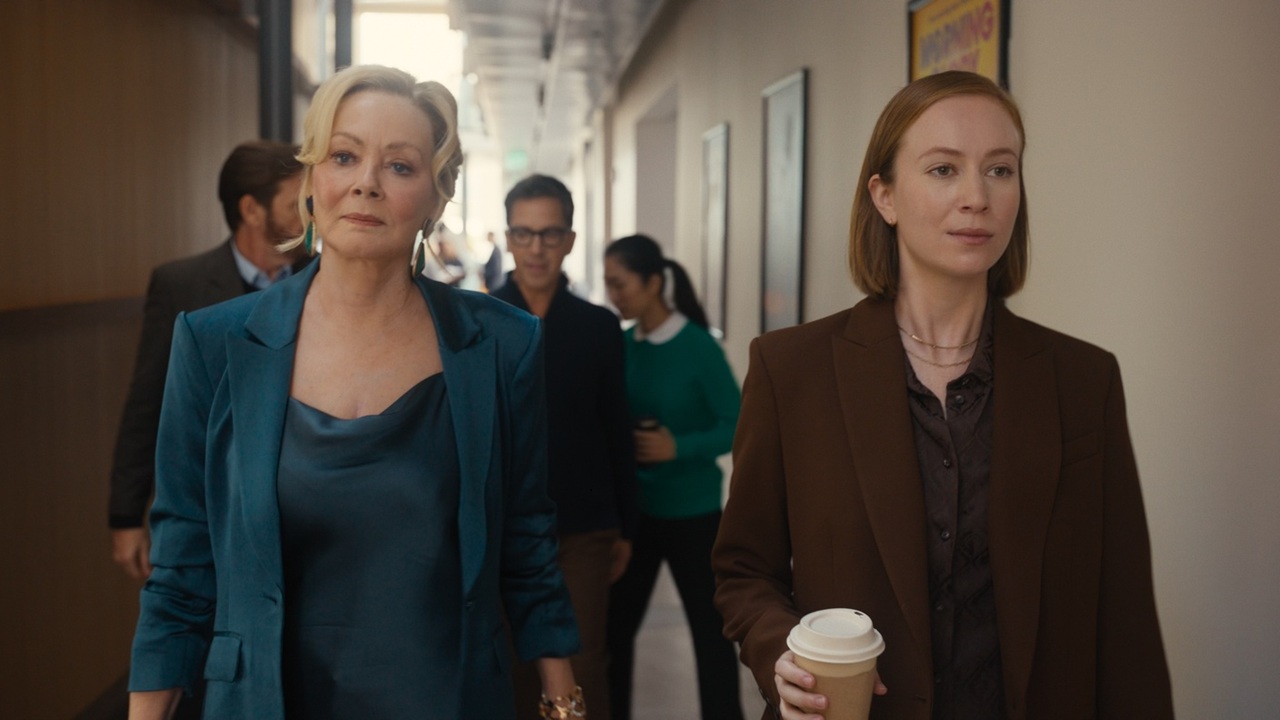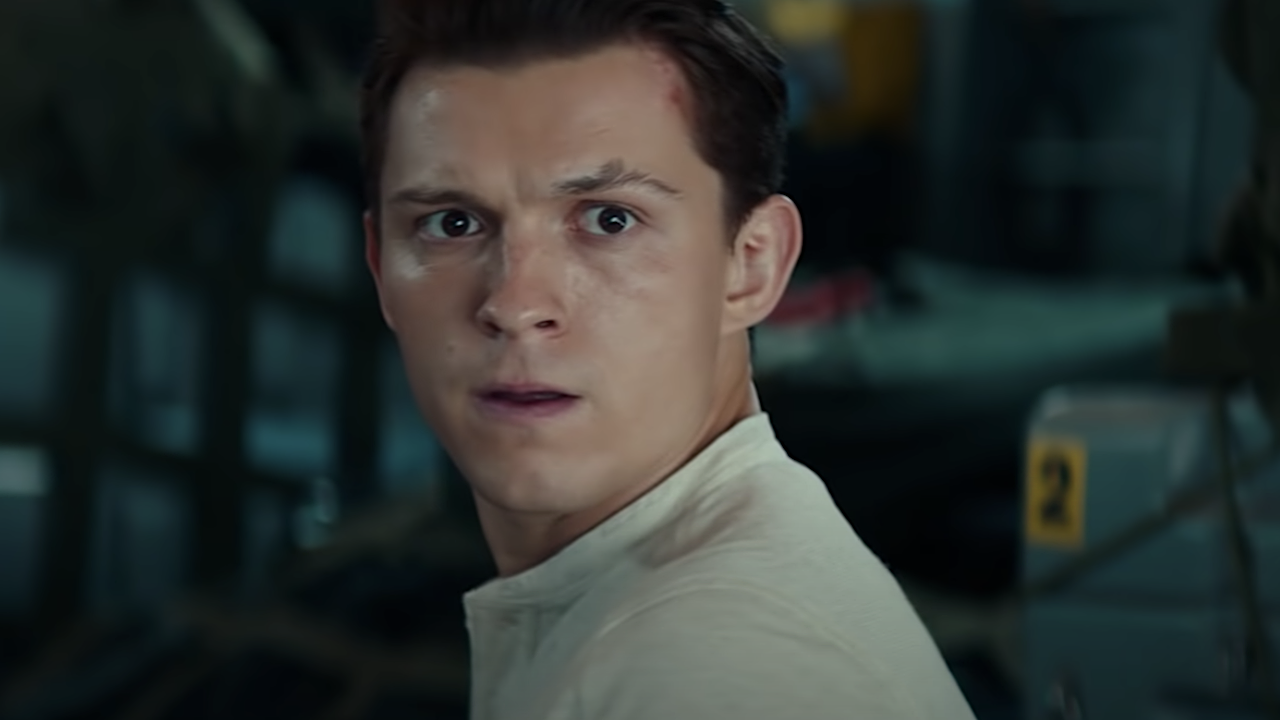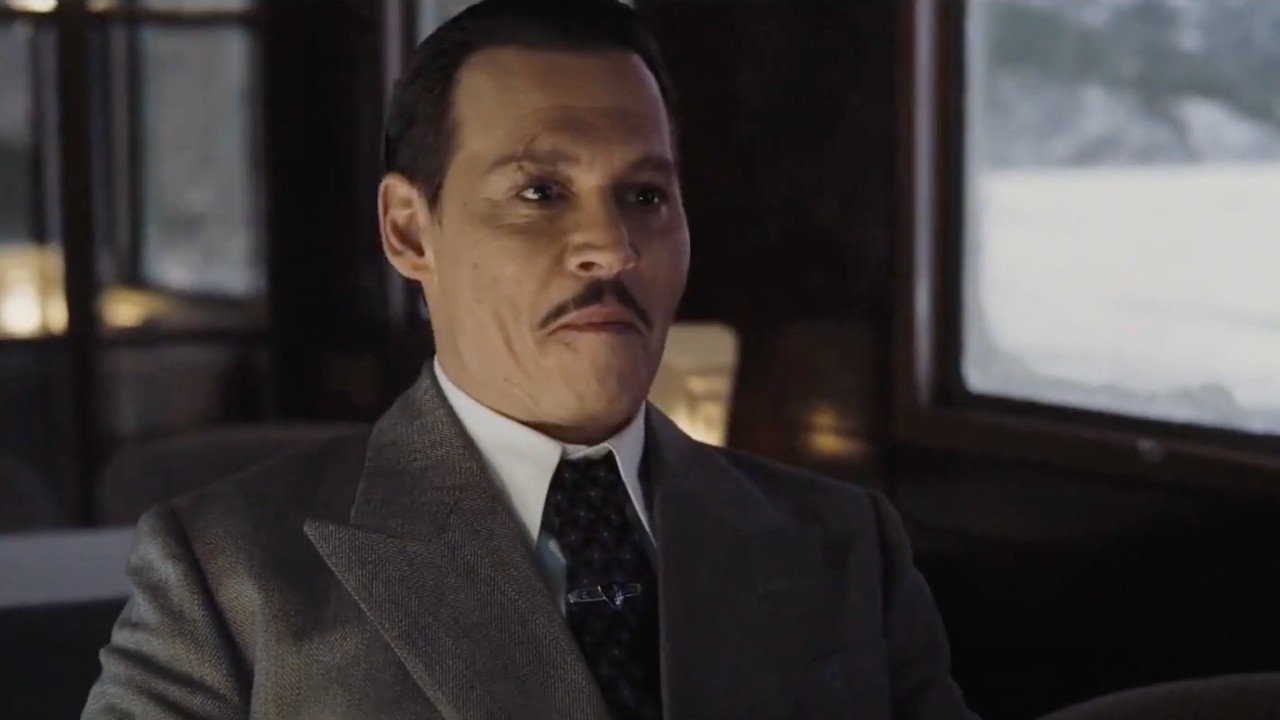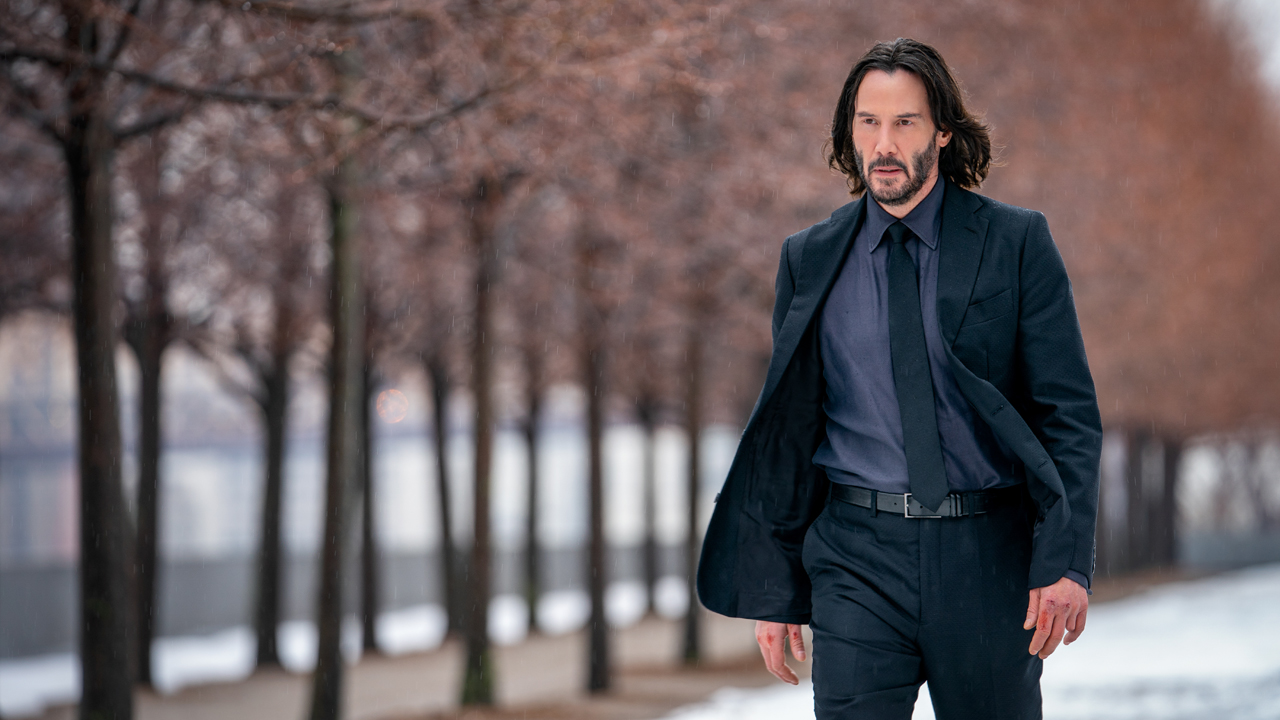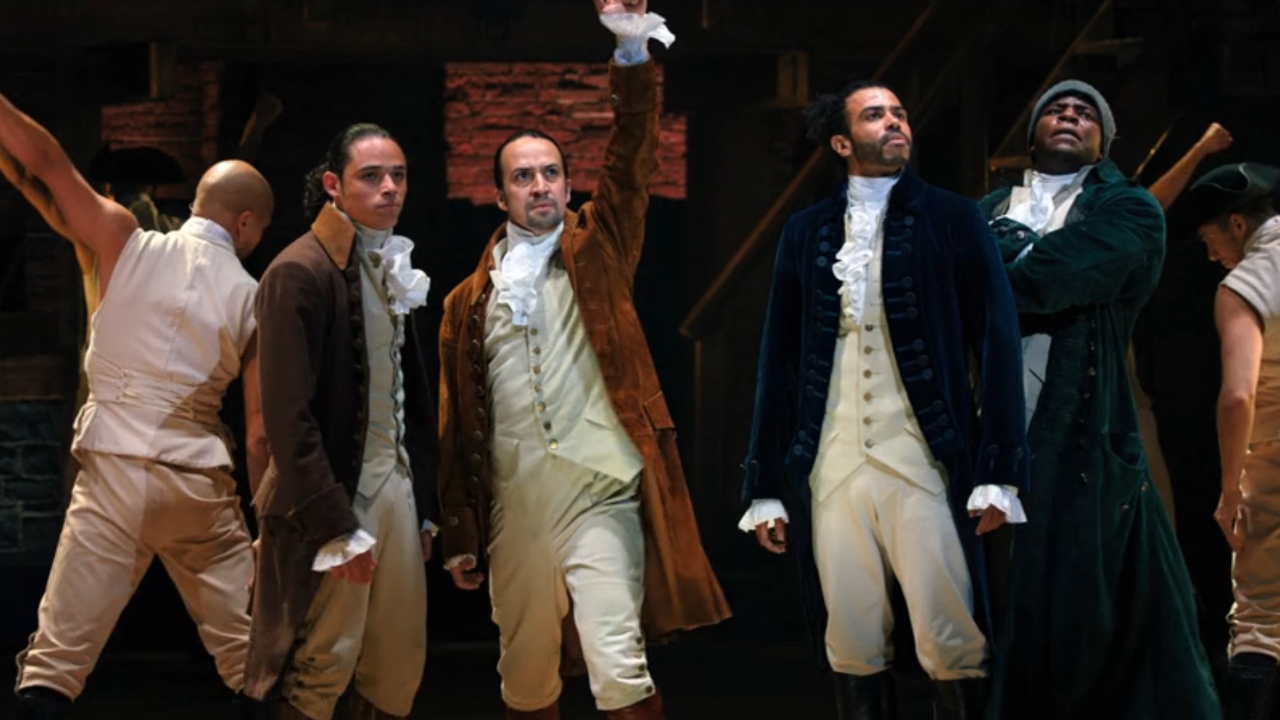To 3D Or Not To 3D: Buy The Right Black Widow Ticket
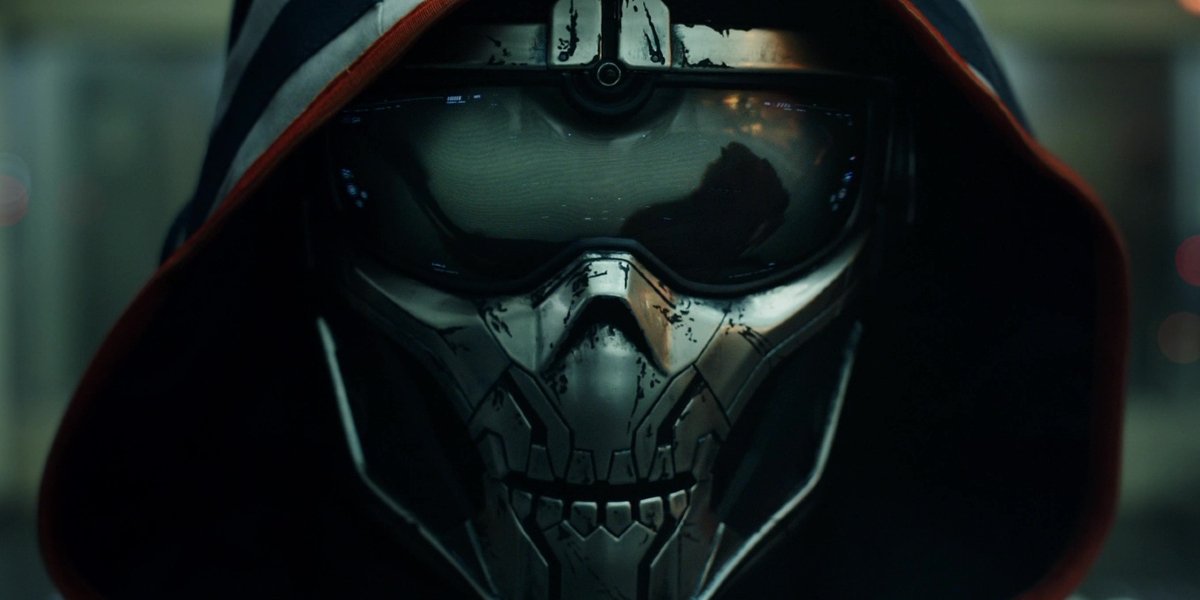
Distinguished readers of all persuasions and callings, the Marvel Cinematic Universe is back in theaters. It’s hard to believe it, but Marvel’s Black Widow is the first MCU movie to debut in theaters since 2019’s Spider-Man: Far From Home. But with great returns come great responsibilities, like clearing out a familiar red spot in our cinematic ledger. That’s right, it’s once again time to ask the question: to 3D or not to 3D?
Now if you want to know whether or not Black Widow is worth your time as merely a movie experience, that’s not what we’re covering here. To learn that lesson, you’ll need to head to Sean O’Connell’s official review and get the goods there. Meanwhile, we’re about to take a deeper look at Scarlett Johansson’s big MCU prequel, and shares some thoughts about whether or not you should spend the extra 3D ticket money, or if you’d be better off settling some old debts yourself.
3D Fit Score: 3/5
Normally, a Marvel movie like Black Widow is a shoo-in for a top score in the Fit department. With all of the action you’d expect from a film such as this, there’s plenty of opportunity to dazzle the audience with visual feats in the third dimension. However, Black Widow is much more introspective than most of your typical entries in the Marvel Cinematic Universe; which means there’s fewer set pieces to show off through. For this reason, the film loses some Fit points.
Planning & Effort Score: 4/5
3D thrills take a lot of planning and effort to turn stories that use such an effect into thrilling adventures. While Black Widow may not be the most impressive usage of the 3D format, it’s definitely a solid entry that roughly ranks in the same bracket as most other Marvel movies, like Avengers: Infinity War. There are some of the traditional drawbacks present in this 3D conversion, but surprises were to be had as well.
Before the Window Score: 2/5
When Black Widow really wants to use the 3D effect to penetrate the screen, it’s a lot of fun to behold. Scattered throughout various points of Scarlett Johansson and Florence Pugh’s espionage thriller are scenes where blades are tipped toward the audience, sniper rifles seem to be aimed right at the viewer, and an object or two flies out of the screen. However, the real downside to this portion of Black Widow’s 3D conversion is the effect isn’t used nearly enough to substantially add value.
Beyond the Window Score: 5/5
One of the segments that Black Widow excels at portraying in its 3D presentation is the depth of picture that we call the Beyond the Window effect. From wide shots of destruction and combat to close up conversations that see Rachel Weisz and David Harbour flirting in front of their “daughters,” there’s a clear line of delineation between characters, their environments, and objects they interact with. You can look as far back as you want in Black Widow, and see the depth of field drawn to its fullest extent.
Brightness Score: 4/5
If the world of 3D were anything like the Marvel Cinematic Universe, the Brightness factor would be like Loki themself. A frequent problem with conversions, thanks to the fact that not all theaters keep their 3D rigs maintained correctly between showings, putting on those 3D glasses can be a pain as they wash out the color of the image. And yet, Black Widow is one of the best and most impressive presentations in recent history, as there’s only a scene or two that sees itself mired in darkness. For the majority of the film, the picture was crisp and clear in the showing observed; but your mileage may vary depending on how your local movie house preps for 3D showings.
CINEMABLEND NEWSLETTER
Your Daily Blend of Entertainment News
Glasses Off Score: 3/5
No matter the quality of a 3D presentation, there’s always going to be a temptation to remove your glasses while you are watching the movie. Should you do that during your Black Widow 3D screening, you’ll see the classic blur effect that makes this medium possible. Usually, the more image manipulation there is, the better a 3D effect should be carried out. Matching with the Before and Beyond the Window components mentioned above, the blur looks to be more effectively implemented in the background of Black Widow. With people in the center of the image looking almost totally 2D throughout various points of the film, the focus of the blur seems to confirm the better emphasis of 3D imagery being placed on the depth of picture.
Audience Health Score: 5/5
The wild highs and lows and ups and downs we see in Black Widow’s story and 3D presentation do end up being easy to watch on the big screen. With some third dimensional enhancements leading to eye strain and/or a feeling of nauseousness, there’s always the potential that watching a 3D movie may have an adverse effect on an audience member’s health. Thankfully, the impressive brightness factor in Black Widow doesn’t trigger the usual tired eyes that you could expect from extremely dim images. Though the action presented in the movie is framed in such a way that it doesn’t allow the audience to totally sink into the 3D thrills, it’s not going to leave you feeling sick to your stomach by Black Widow's ending.
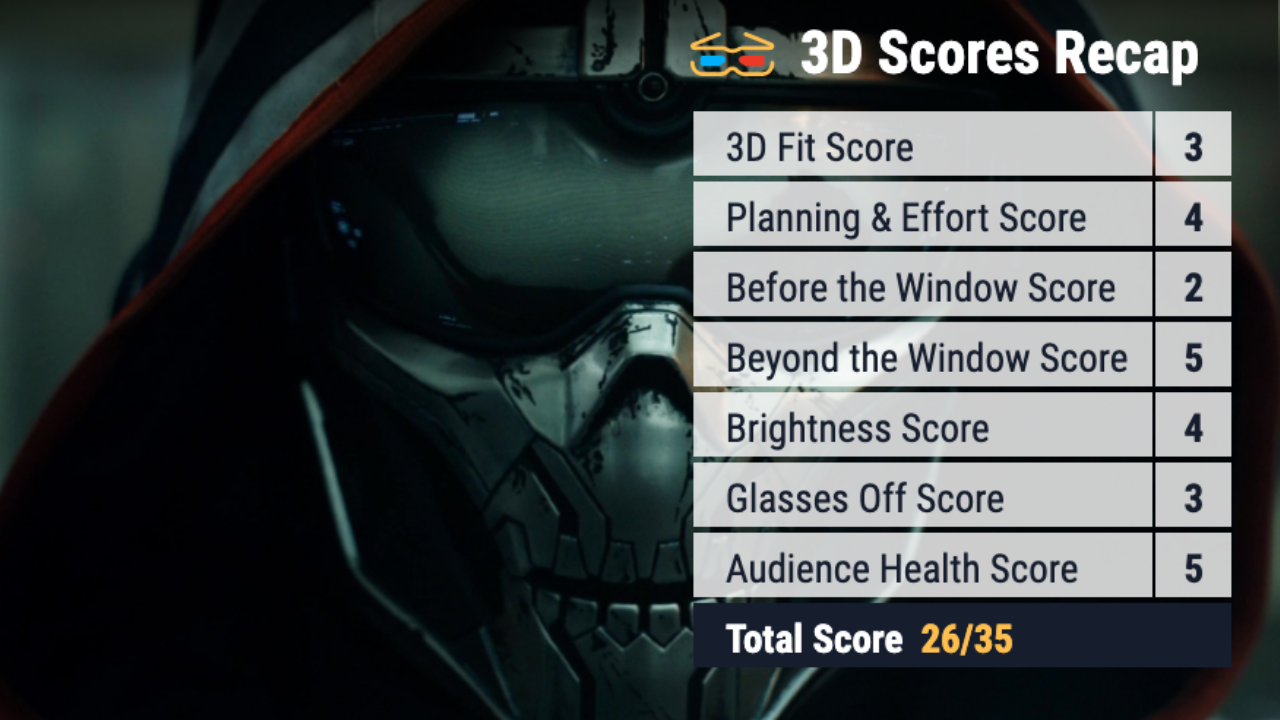
Though Black Widow impresses in certain fields of its 3D conversion, the overall product ends up walking down the middle of the road. Depth of picture and brightness are the real stars of the show, but a shallow field of thrills flying off the screen makes the entire package somewhat lackluster. And before you ask, no, you won’t need to wear your 3D glasses to see the post-credits teaser, as it’s presented in flat out 2D. So if you want to add a little pizazz to your Black Widow screening, you may want to seek out another premium format that amps up the picture size or sound quality.
This poll is no longer available.
Be sure to visit our full To 3D Or Not To 3D Archive.

Mike Reyes is the Senior Movie Contributor at CinemaBlend, though that title’s more of a guideline really. Passionate about entertainment since grade school, the movies have always held a special place in his life, which explains his current occupation. Mike graduated from Drew University with a Bachelor’s Degree in Political Science, but swore off of running for public office a long time ago. Mike's expertise ranges from James Bond to everything Alita, making for a brilliantly eclectic resume. He fights for the user.

